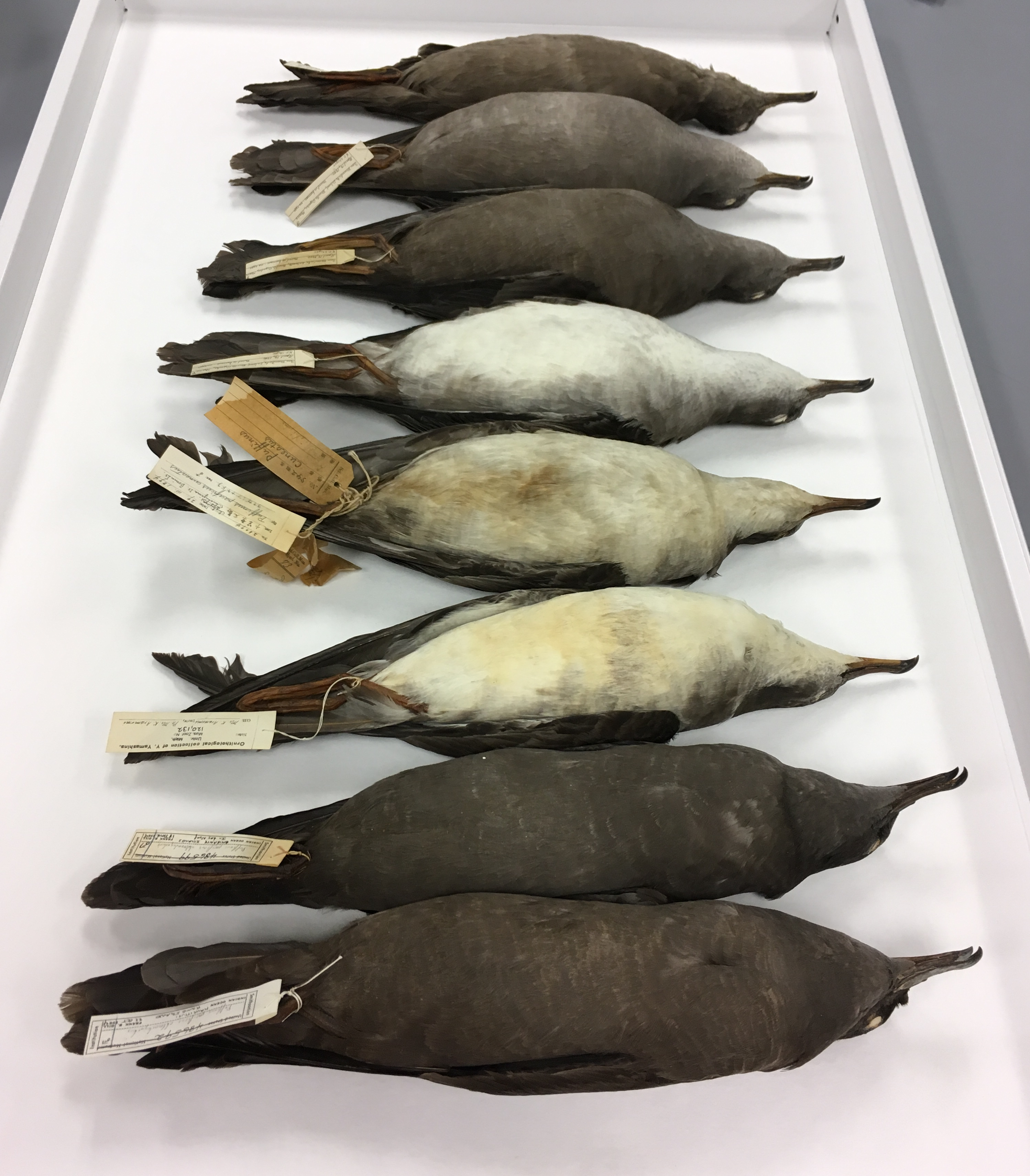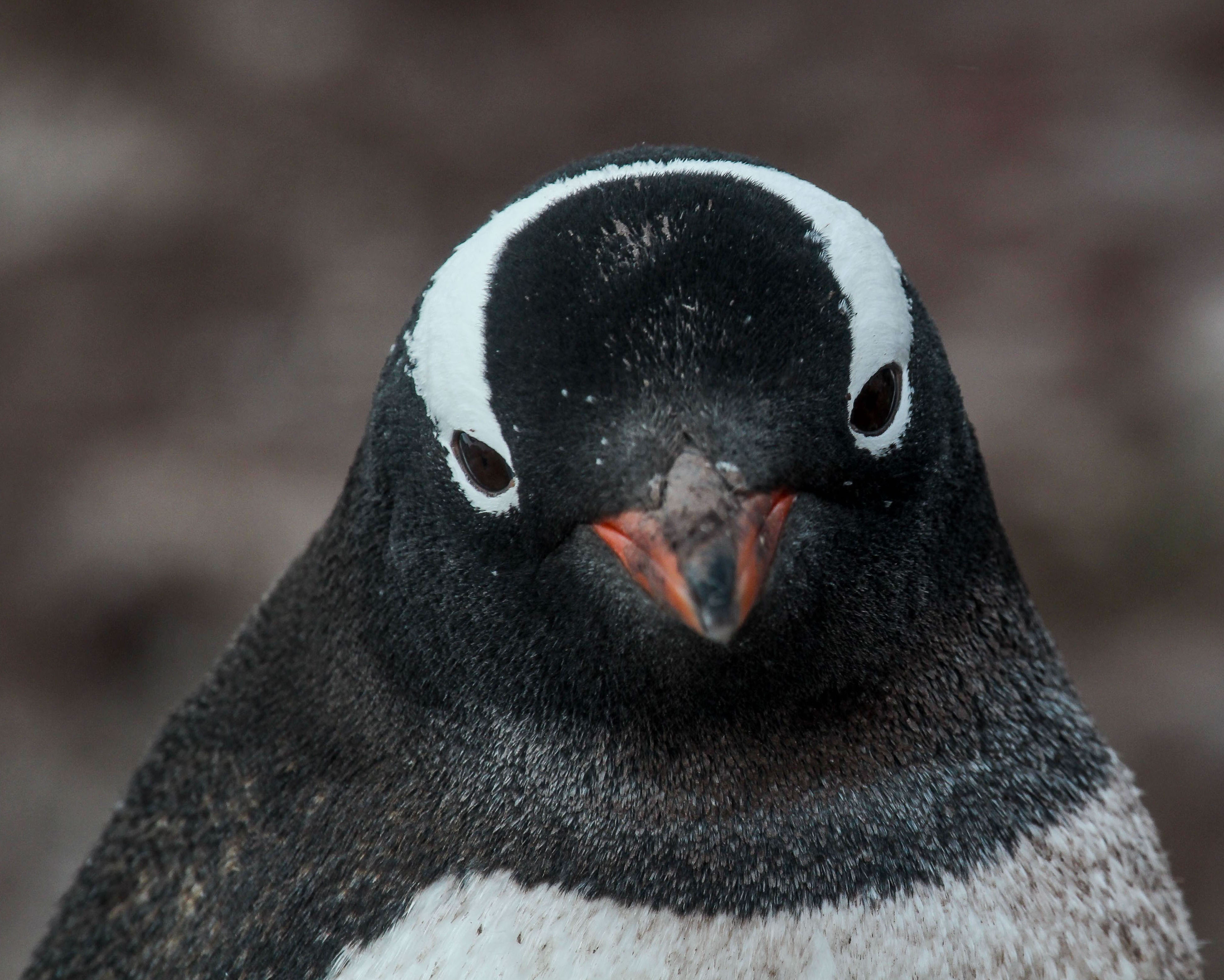
Chinstrap Penguins (Pygoscelis papua) and Gentoo Penguins (P. papua), Danger Islands
Research
Range expansion, colonization, and gene flow in a pioneering seabird

Monitoring changes in marine predators is critical to our understanding of marine ecosystems, particularly their responses to climate change and other environmental pressures, particularly in polar regions. Gentoo penguins (Pygoscelis papua) are considered “climate change winners,” as they have undergone rapid population growth along the Western Antarctic Peninsula since the early 1990s and have expanded their range further south in the region resulting in many new breeding colonies. I am investigating precise mechanisms by which gentoo penguins are able to expand their range in response to warming conditions despite being highly site faithful and obligate colonists. Range shifts are predicted to be widespread under climate change and this project provides an novel opportunity to integrate genomics, a unique dataset on known colonization events,and satellite imagery (Landsat, ICESat, ICESat-2) to tease apart how habitat changes can facilitate migration, dispersal, and colonization in this pioneering species.
Phylogeography of North Pacific Procellariiformes
 The genetic diversity and evolutionary histories of tubenosed seabirds (Procellariiformes) are poorly known, in large
part because of the difficulty of obtaining samples from their remote breeding islands. Genetic data are lacking even
from otherwise well-studied seabirds from the North Pacific Ocean, including those that breed in the Hawaiian Islands.
New genomic techniques are now allowing us to retrieve data from new sources, such as specimens archived in natural
history museums. I am using a technique called sequence capture to obtain DNA sequence data from across the genome from
modern genetic samples and museum specimens in Wedge-tailed Shearwater (Ardenna pacificus) to reconstruct the population
history of this globally distributed species and to assess population structure and divergence between breeding areas. These results might be used
to revise species-level taxonomy and prioritize populations for conservation action.
The genetic diversity and evolutionary histories of tubenosed seabirds (Procellariiformes) are poorly known, in large
part because of the difficulty of obtaining samples from their remote breeding islands. Genetic data are lacking even
from otherwise well-studied seabirds from the North Pacific Ocean, including those that breed in the Hawaiian Islands.
New genomic techniques are now allowing us to retrieve data from new sources, such as specimens archived in natural
history museums. I am using a technique called sequence capture to obtain DNA sequence data from across the genome from
modern genetic samples and museum specimens in Wedge-tailed Shearwater (Ardenna pacificus) to reconstruct the population
history of this globally distributed species and to assess population structure and divergence between breeding areas. These results might be used
to revise species-level taxonomy and prioritize populations for conservation action.
Population and individual level foraging variation among Pygoscelis penguins
 While the diets and foraging ecology of Pygoscelis penguins have been well studied in the Antarctic Peninsula and
Scotia Arc region, many studies overlook diet and niche variation among and within populations, as well as variation
within individuals. One way to explore these questions is through stable isotope analysis (SIA), which provides an
effective method to assess the diet and foraging niches of populations and individuals through time. Together, δ15N and δ13C values can
be used to determine the 2-dimensional parameters of an isotopic niche space, a comparable measurement of an ecological
or foraging niche. My Master’s research focused on investigating population and individual level foraging variation of
Pygoscelis penguins through SIA. Quantifying the degree of niche variation and consistency at the population and
individual level has the potential to aid in determining a species population level response to changes in food
availability or other environmental change.
While the diets and foraging ecology of Pygoscelis penguins have been well studied in the Antarctic Peninsula and
Scotia Arc region, many studies overlook diet and niche variation among and within populations, as well as variation
within individuals. One way to explore these questions is through stable isotope analysis (SIA), which provides an
effective method to assess the diet and foraging niches of populations and individuals through time. Together, δ15N and δ13C values can
be used to determine the 2-dimensional parameters of an isotopic niche space, a comparable measurement of an ecological
or foraging niche. My Master’s research focused on investigating population and individual level foraging variation of
Pygoscelis penguins through SIA. Quantifying the degree of niche variation and consistency at the population and
individual level has the potential to aid in determining a species population level response to changes in food
availability or other environmental change.